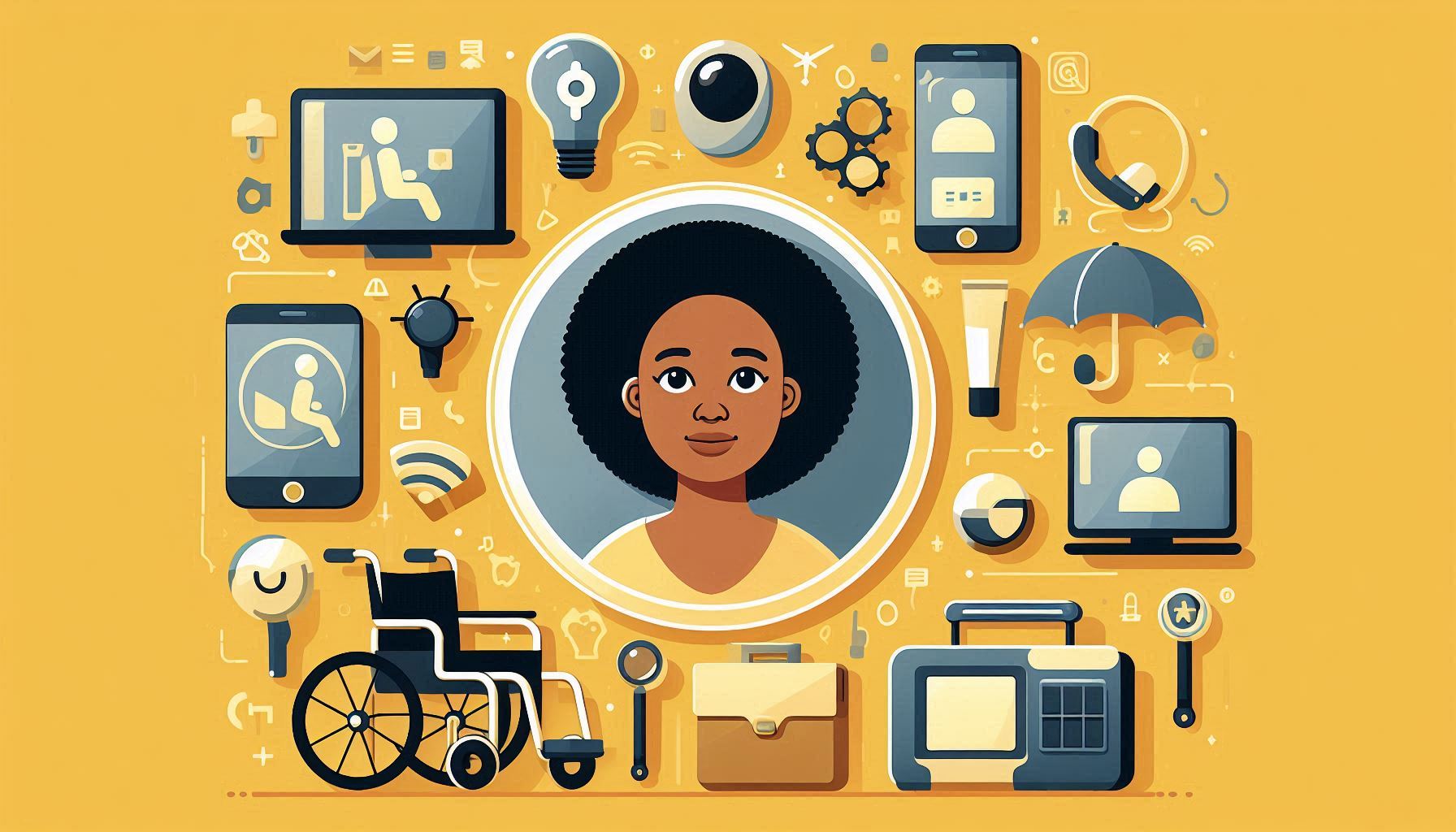How does AT help students with dyslexia, visual impairments, and physical disabilities?
Assistive technology, or AT, refers to any device, software, or equipment that enhances the lives of persons with disabilities. It can support how people learn, work, and go about their daily lives with the goals of enhancing functional capabilities and improving quality of life.
Types of assistive technology
AT includes a wide range of technologies with varying sizes and levels of complexity. From simple items like pencil grips to complex systems like speech-generating devices, AT can play critical roles in people’s lives. Here are some examples:
- Adaptive devices: These include physical modifications such as custom keyboards, ergonomic chairs, or specialized writing tools. They are designed to make everyday tasks easier for people with physical or motor impairments.
- Communication aids: These include communication aids like augmentative and alternative communication (AAC) devices, speech-generating devices, or communication boards that can help people with speech or language impairments to express themselves.
- Learning tools: Tools such as text-to-speech software, audiobooks, and interactive educational apps that provide alternative ways to access and process information. These are beneficial to people with a variety of disabilities, catering to various learning styles.
- Visual and auditory supports: These include screen readers, magnification software, closed captioning, or hearing aids that support people with visual or hearing impairments.
How AT benefits students with disabilities
Assistive technology can be a powerful ally to students with disabilities. It can improve educational opportunities by creating personalized solutions to students with diverse learning needs. Here are some specific ways that AT benefits students with disabilities.
- Increase accessibility: AT removes barriers that might otherwise prevent students from participating in classroom activities. This can include alternative ways to access textbooks, like text-to-speech audiobooks or digital braille.
- Build independence: By providing tools that help students perform tasks on their own, AT fosters independence. Talking ebooks with synchronized text allow students with dyslexia and cerebral palsy to read without assistance.
- Personalize learning: AT allows for tailored educational experiences. For instance, learning software allow students to adjust reading speed, text size, backgrounds, colors, and more to suit their individual learning style.
- Facilitate communication: Communication aids break down barriers for students who struggle with verbal communication. By using devices or apps that facilitate communication, students can interact more effectively with peers and teachers, contributing to a more inclusive classroom environment.
- Increase engagement: AT can make learning more interesting and engaging. It accomplishes this by removing the barriers that make learning hard and by presenting learning material ways in higher engagement formats.
Bookshare: AT for learning
Bookshare is an inclusive learning solution that makes reading easier for students who cannot access traditional books. These include students with who struggle to decode or comprehend text, students who struggle to see words on a page, and students who cannot physically hold books or turn their pages. Our library contains over a million ebooks in easy-to-read formats like audio, audio + highlighted text, large font, and braille. And we provide assistive reading software that can be used on devices students already own. Bookshare is free for all US students with qualifying disabilities and schools through an award from the US Department of Education. Learn about Bookshare.
Resources about AT
Want to learn more about AT? Check out these resources:
What is assistive technology? (Understood.org)

